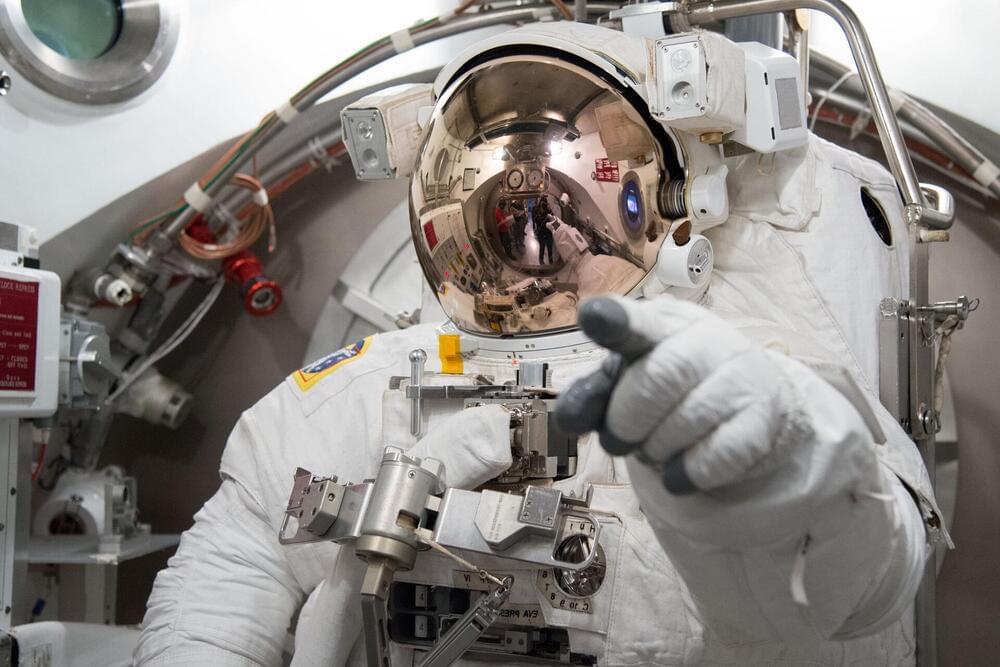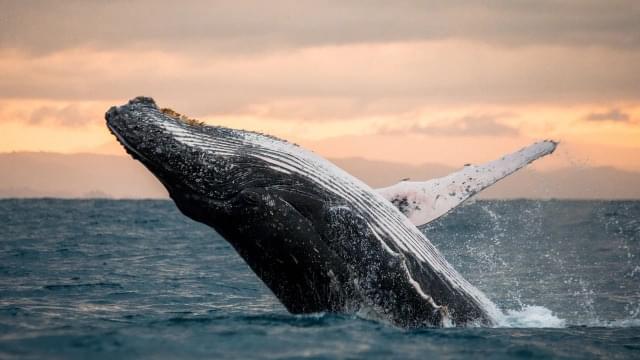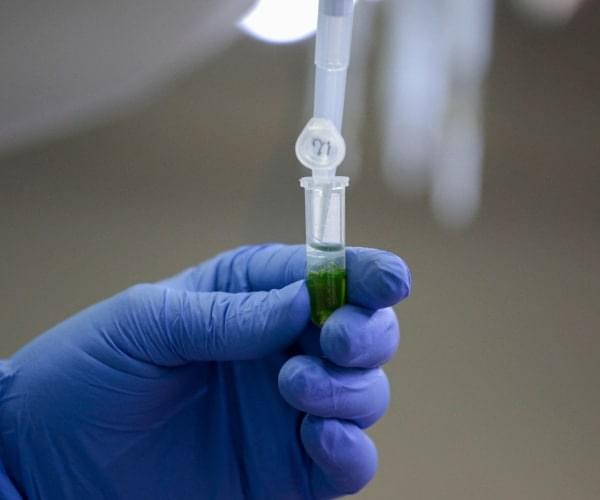The mission of the European Space Agency (ESA) is the peaceful exploration and use of space for the benefit of everyone. We watch over Earth, develop and launch inspiring and unique space projects, train astronauts and push the boundaries of science and technology, seeking answers to the big science questions about the Universe.
We are a community of scientists, engineers and business professionals from all over Europe working together in a diverse and multinational environment.
This page addresses some of the most frequently asked questions about becoming an ESA astronaut. If your question is not answered below, it may be answered in the Astronaut Applicant Handbook or vacancy notices.







